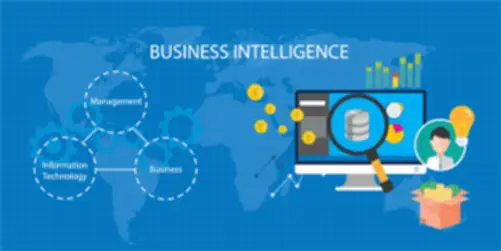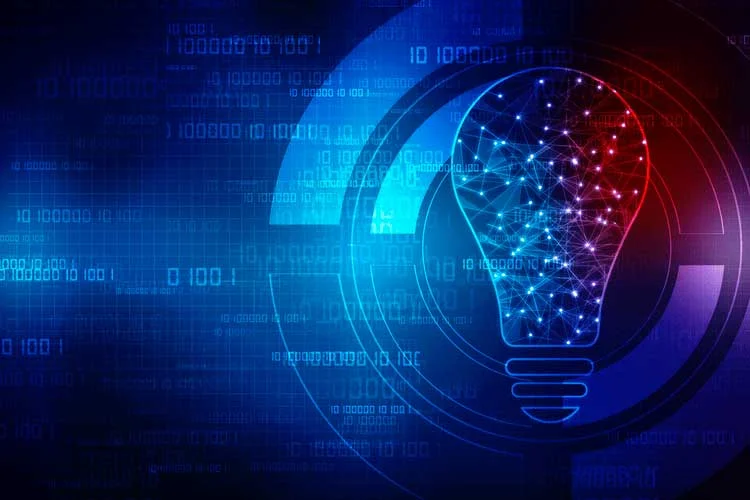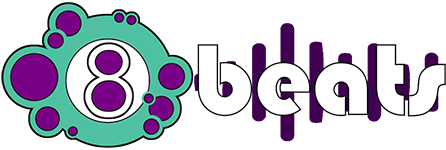All three computing frameworks—cloud, fog, and edge provide unique benefits to businesses relying on their requirements. Cloud computing may be great should you provide functions that don’t require real-time responses. On the opposite hand, edge, and fog computing frameworks are finest suited if your small business offers purposes that require fast responses for accurate decision-making in real-time. This signifies that cloud computing tends to be more vulnerable to points with quality and consistency than fog computing since failures at one location affect the entire system.

Advantages Of Fog Computing
The data, therefore, may be accessed offline because some portions of it are saved regionally as well. This is another key distinction between fog computing vs cloud computing, where all the intelligence and computing are performed and saved on remote servers. It’s the form of computing where information is saved on a quantity of servers and may be accessed on-line from any system. As An Alternative of saving data to native servers or gadgets, customers store it on third-party online servers positioned in remote data centers. One Other crucial distinction lies within the dependency on community connectivity and its impact on the computing models’ performance and reliability.
Initial setup prices, ongoing operational bills, and the need for specialised hardware or infrastructure all contribute to the total cost of possession for every computing mannequin. The processing energy and storage capacity of edge computing is the least among the three. Deploying bodily servers and different technological infrastructure can take weeks and even months. Besides, businesses require a physical house and a technical skilled to make sure adequate power and dealing and administration of the techniques.

Fog computing, generally known as fog networking, is a system for integrating and processing information that operates at the network stage rather than at the centralized cloud stage. This differentiates it from conventional cloud computing, which is generally centralized in a single location. Finally, fog computing delivers cloud capabilities to the edge of networks, growing efficiency, decreasing latency, and enhancing data processing capabilities. It is perfect for real-time data evaluation, low-latency functions such as IoT, and conditions the place information privateness and security are crucial. While it provides scalability and lower bandwidth usage, it also has issues in managing information congestion and increasing power consumption.

The power of the IoT comes from its capability to collect and analyze massive volumes of data Warehouse Automation from various sources. This knowledge can be utilized to improve effectivity, optimize operations and make higher selections. Cloud know-how already brings multiple advantages to the Web of Things, however progress doesn’t cease right here. Proper now, cloud, fog and edge applied sciences present irreplaceable solutions to many Web of Issues challenges. Let’s take a glance at some future prospects for Internet of Things and totally different computing applied sciences.
IoT sector is rapidly rising, and we are probably heading right into a future where every system is related. With good homes, vehicles, equipment, and everything else, vast masses of information are generated each second. Devices will proceed to require increases in pc energy, and cloud computing presents decentralized storage options for faster and cheaper deployments. Builders can leverage IoT cloud platforms and benefit from third-party computing energy, data management providers, inbuilt safety, etc.
Exploring Computing Fashions: Edge Computing Vs Fog Computing Vs Cloud Computing
- In distinction, fog and edge computing deliver processing capabilities closer to the data supply, lowering latency and enabling real-time evaluation.
- She is the Guest Editor Journal of Artificial Intelligence and Web of Things, Close To East University, Turkey.
- A paradigm often recognized as fog computing responds to user queries at edge networks.
- Total, in comparability with cloud and fog computing, edge computing presents the lowest latency by processing information instantly on units or nearby.
- This autonomy makes it significantly appropriate for environments where community availability is inconsistent or the place real-time decision-making is important, without the delay brought on by knowledge transmission to distant servers.
Fog computing analyses the info on the network edge, which is time-sensitive as an alternative of sending the IoT information to the cloud. Naming conventions for know-how typically are the results of being “Overly clever,” and while their preliminary intention might need been pure, they typically wind up complicated the problem rather than illuminating it. “Fog Computing,” like its namesake is murky, obscure, even mysterious, and within the context of edge computing – not very clearly understood. If you assume that the fog and edge are phrases of distinction without a distinction, you’d be mostly correct – which additionally means you’d be partially incorrect.
It additionally permits implementing data processing at the local community nearer to edge nodes, which is essential for time-sensitive operations and real-time data analytics. This is what makes this approach extra environment friendly and fast when evaluating cloud vs fog computing. Edge computing is a computing architecture that goals to bring computing nearer to the supply of information. It relies on the concept of processing data on the fringe of the community, versus in the cloud or in a centralized knowledge heart. The idea behind edge computing is to scale back the amount of knowledge that needs to be sent to the cloud or a central server for processing, thereby decreasing community latency and enhancing total system performance. The cloud’s vast assets permit for intensive data processing duties, advanced analytics, and storage of enormous datasets, far beyond what fog or edge computing can obtain.
This scalability ensures that as the demand for knowledge processing grows, whether it’s for client functions or industrial IoT deployments, these applied sciences can modify their assets accordingly. This adaptability is essential for maintaining environment friendly operations and supporting growth with out requiring important overhauls of existing infrastructure. Edge computing is a distributed computing framework that enables localized data processing and analytics. It brings enterprise purposes near information sources such as native edge servers or IoT devices. The integration of data is a key factor that differentiates cloud computing from fog computing. Cloud computing depends on centralized data storage, with all processing and evaluation happening what is cloud computing and fog computing at a central location.
Set Up And Management
Moreover, that list of applications is rising day-to-day because the Internet of Issues (IoT) continues to expand and connect things we by no means thought were connectable, not to mention worthy of a connection. Conservative estimates put the variety of linked IoT devices at fifty five billion by the year 2025. The primary difference – at least as it’s being outlined these days – comes from the fact that the cloud exists through a centralized system. Whereas in a fog computing environment, every little thing is decentralized, and every thing connects and stories via a distributed infrastructure model. Fog and edge computing could be more cost-effective than traditional cloud computing as a result of they scale back the quantity of information that must be transmitted to the cloud.
However, Fog computing makes use of a method more distributed setup, with quite a few smaller server clusters located at various factors across the community. This makes fog computing far more environment friendly in phrases of assets, resulting in quicker communication speeds and decrease latency when compared to cloud computing. When we talk about fog computing vs cloud computing, there are heaps of critical components to think about. On the one hand, cloud computing presents unparalleled safety, with powerful encryption and knowledge safety mechanisms to keep your information secure from unauthorized entry or manipulation. In this post, we’ll explore the key variations between cloud and fog computing and clarify https://www.globalcloudteam.com/ why fog computing and cloud computing have gotten increasingly popular among companies. By understanding these differences, you can even make an informed determination about which solution is greatest for your corporation.
